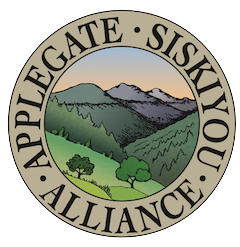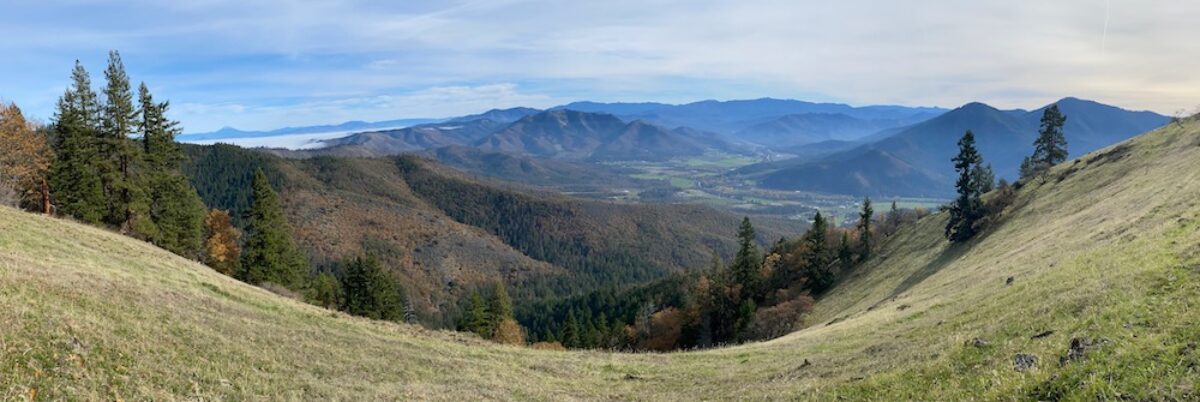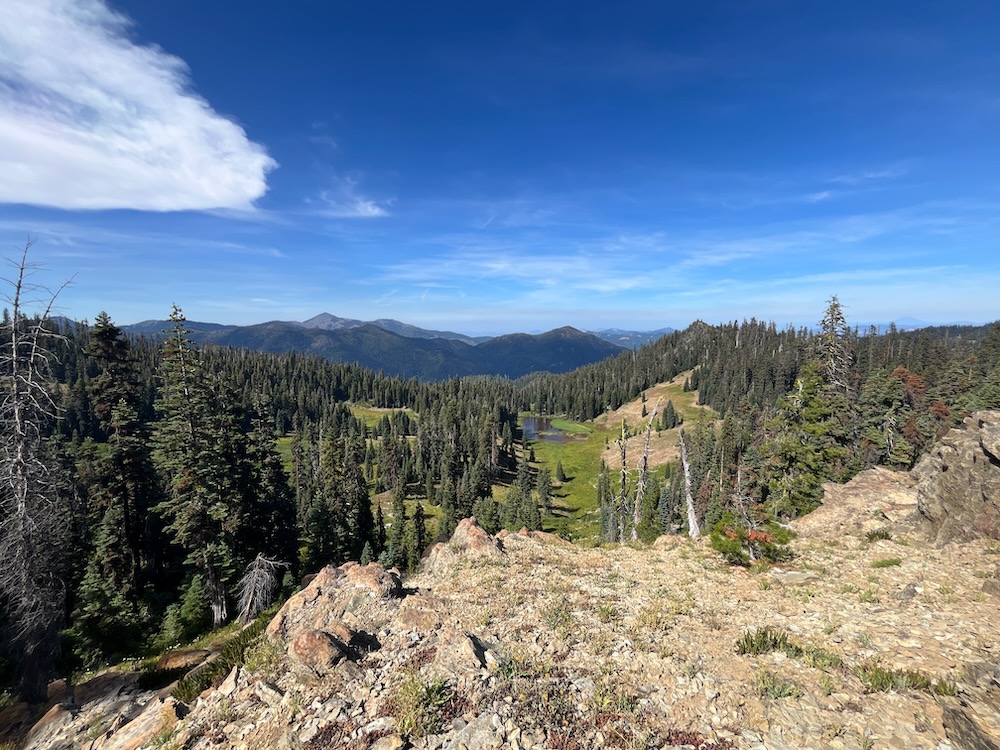
In the Applegate Siskiyou region we are blessed by vast roadless habitats and intact watersheds protected since 2001 by the Roadless Rule. This federal rule protected all Inventoried Roadless Areas nationwide, from new road construction and commercial logging. This includes the wildlands of the Applegate in the vast Kangaroo Inventoried Roadless Area which links the Applegate to the Illinois and Klamath River watersheds, the Collings-Kinney Inventoried Roadless Area near the Applegate Dam, the Little Grayback Inventoried Roadless Area in the Upper Applegate foothills, the Condrey Mountain Inventoried Roadless Area on Elliott Creek, and the McDonald Peak Inventoried Roadless Area at the headwaters of the Little Applegate River. These are some of the most intact environments in our region, with exceptionally high biological values.
The Applegate Valley, like so many other places throughout the American West, is defined by the public lands that surround our communities. This includes BLM lands in the Applegate foothills and National Forest lands on the Siskiyou Crest and at the headwaters of our rivers and streams. These public lands contain old-growth forests, deep canyons, clear-flowing streams, refugia for wildlife, intact habitats, recreation areas, backyard trails, remote wildlands, and beautiful blank spaces on the map.
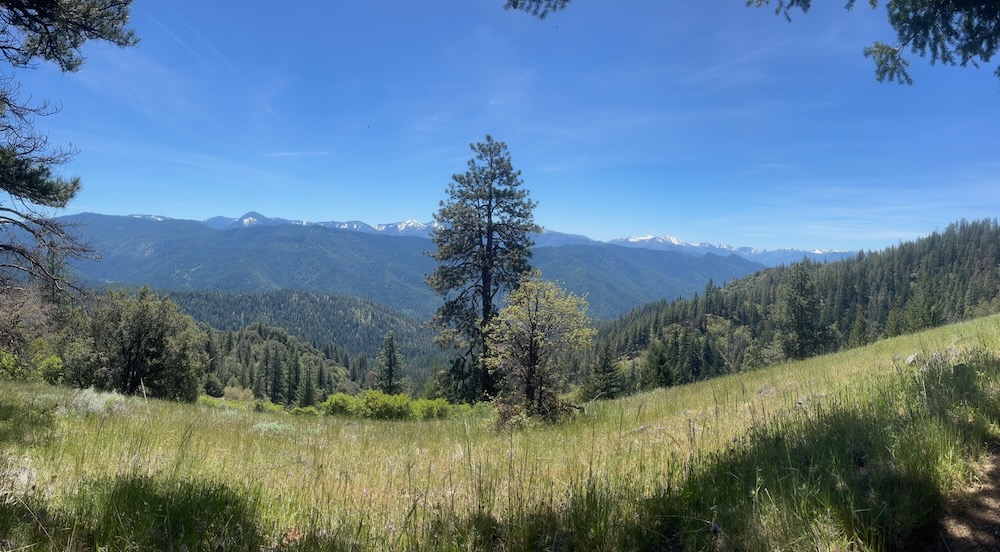
These lands are threatened as never before. National proposals call for the privatization of public lands, increased mining that will toxify local streams, increased logging in mature and old-growth forests, removal of environmental protection regulations, and the revocation or watering down of bedrock environmental laws such as the National Environmental Policy Act (NEPA), which requires transparency, scientific accountability, and meaningful public involvement in the federal land management planning process; the Clean Water Act that protects our nation’s water and watersheds, and the Endangered Species Act that protects species currently at risk of extinction. These proposals could turn our beautiful public lands into strip mines, clearcuts, or private housing developments.
One particularly troubling proposal by the Trump Administration is the revocation of the 2001 Roadless Rule and all current protections for Inventoried Roadless Areas (IRAs). IRAs include some of our nation’s most intact and undeveloped wildland habitats, and the 2001 Roadless Rule protects these areas from both commercial logging and new road construction.
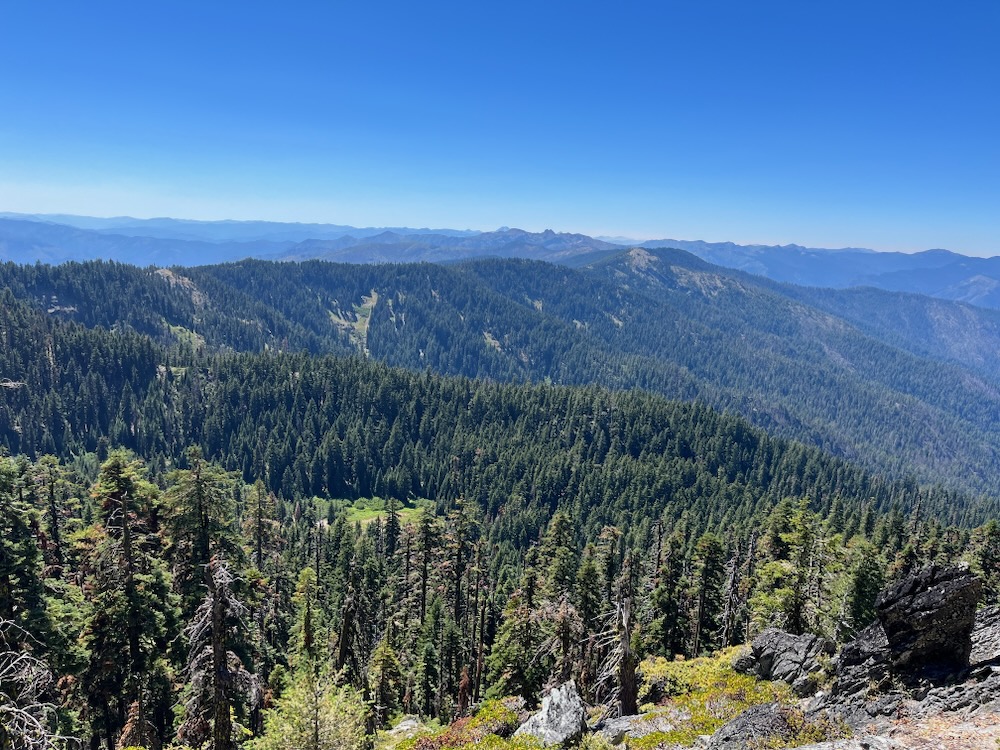
In an effort to increase timber and mining production on federal lands, the Trump Administration has proposed a rule making process to revoke the 2001 Roadless Rule and remove protections on over 58 million acres of federal land in 39 states. This includes old-growth forests, rocky high country, headwater streams, and tens of thousands of acres of federal land in the Applegate River watershed, including six large IRAs, each with unique characteristics and important values. You now have an opportunity to provide public comment on this damaging proposal and we encourage you to speak out for roadless wildlands!
We also encourage you to contact your elected officials and encourage them to support the Roadless Area Conservation Act and protect these wildlands in perpetuity!
Below are two ways you can both support the protection of roadless areas and push back against attempts to remove roadless area protections:
Comment on the Trump Administration’s Attempt to Revoke the 2001 Roadless Rule
To provide comment on this proposal click here.
Talking Points:
- Roadless Area protections should be strengthened and expanded rather than being rescinded.
- Support no logging or road construction in Roadless Areas nationwide.
- Prohibitions in Roadless Areas should include a ban on motorized trail use in all Roadless Areas nationwide.
- Logging is not a solution to either fires or forest health concerns, and can, in many situations, make fires burn with more intensity due to microclimate alterations, the loss of large fire resistant trees, and a significant response from woody understory shrub species.
- Road construction in currently unroaded lands is detrimental to fisheries, water quality, native plant communities, wildlife and wildfire risks, by increasing stream sedimentation, spreading noxious weeds, and creating opportunities for increased human ignitions.
- The 2001 Roadless Rule was responsible, reasonable, and important for the maintenance of both biological values and local economies where roadless areas play a significant role in the outdoor recreation economy, provide important ecosystem services, and promote a high quality of life in surrounding communities.
- Citizens of America love their public lands and support their protection.
Support the Roadless Area Conservation Act!
Talking points:
- Ask your elected officials to support and even cosponsor the Roadless Area Conservation Act. You can email Congressman Cliff Bentz here. Senators Jeff Merkely and Ron Wyden are already cosponsoring the bill, which is great, and you should thank them for sponsoring it! Or if they aren’t your represenatives or senators, click here to find contacts for your senator, or here to find contacts for your representative.
- Let them know how important these wildlands are for wildlife, watersheds, biodiversity, fire resilience, recreation, and even economic values.
- Let your elected officials know you love roadless wildlands and support their protection through the Roadless Area Conservation Act.
Contact your elected officials and ask them to support either the Senate or Congressional version.
